The Federal Government has announced a three-step strategy for reopening Australia in the wake of the coronavirus pandemic.
The plan, announced by Prime Minister Scott Morrison on May 8, details the gradual ways that businesses can begin to reopen and operate. It’s a way to get the Australian economy moving again while still maintaining necessary safety precautions.
These changes also see an increase in the operation of weddings for our industry. While the steps are initially small, they are a welcome change from the five people weddings that were previously allowed.
While the Federal Government has spoken about this plan and hopes to have the third step in place by July, this timeframe may change state to state. It will be up to the discretion of each individual state as to what they reopen, and when. So make sure you keep an eye on what your local government is doing.
We’ve taken a look at the changes to weddings and what they will mean for our industry as a whole.
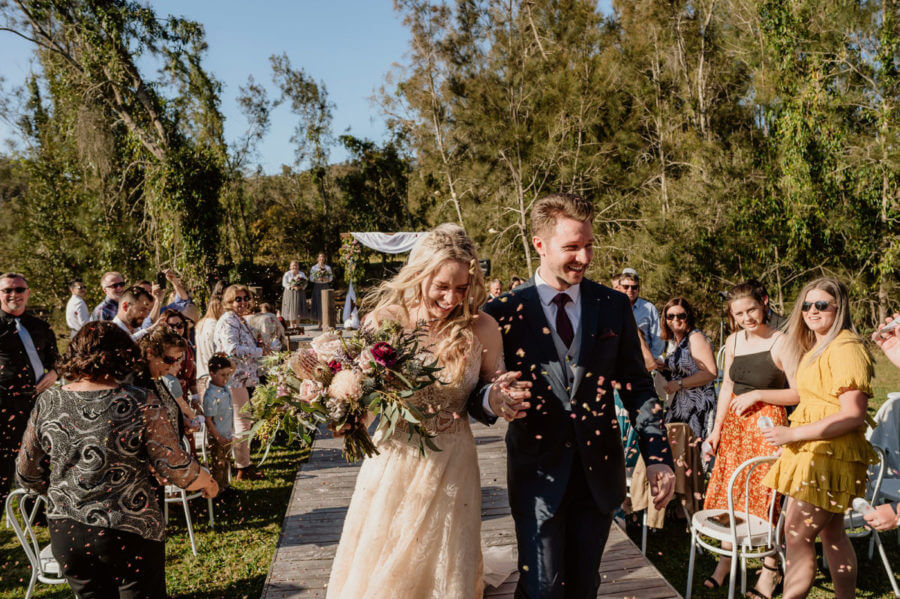
Step One
Weddings
The first step is a small but welcome increase in the number of people involved in a wedding. Weddings may now have up to 10 guests, in addition to the couple and their celebrant. That’s 13 people overall. This is regardless of whether the wedding is being held indoors or outdoors.
However, there are separate existing regulations for religious gatherings and gatherings inside the home. Religious gatherings may have up to 10 attendees while those in the home can have up to 5 people, in addition to those who already live there. That means that religious weddings or backyard weddings may not be able to have the full total of 13 people.
All weddings will also have to record the details of everyone who is in attendance. This is to make contact tracing in case of an emergency outbreak of COVID-19 easier.
Who can open?
Restaurants and cafes will be the first venues to open under step one, but this again may depend on your state or territory. Restaurants and cafes will have to abide by physical distancing regulations. These venues may seat up to 10 patrons at a time, but need to maintain an average density of four square metres per person.
All other venues will remain closed during this step. However, restaurants and cafes that are in other venues (such as a restaurant in a gaming venue) can open with the above restrictions.
Retail stores can open during this time but must develop a COVIDSafe plan for themselves and their customers. Hostels and hotels can open for accommodation.
Hairdressers and barbershops can also open. However, you must record the contact details of your clients for quick contact tracing in case of emergencies.
Working situations
Australians are still being urged to work from home if it works for both them and their employer. All workplaces that do open will need to develop a COVIDSafe plan for their employees. For those who travel via public transport, the government recommends avoiding public transport during peak times.
For those heading back to work, child care centres, primary and secondary schools will open on a state by state basis.
Summary
Weddings can take place with a total of 13 people, including the couple and their celebrant, but details for every person present must be recorded. Small celebrations of no more than 10 people can also take place at restaurants and cafes under physical distancing guidelines. Hairdressers, retail stores and hotels can open within COVID guidelines and employees can go back to work if necessary.
Step Two
Weddings
Step two is another small step in a wider plan. Weddings may now have up to 20 guests in addition to the celebrant and their couple, so 23 in total. Religious gatherings can have up to 20 attendees and gatherings inside the home can also have 20.
Again, contact details for every attendee must be kept for easy contact tracing in case of an emergency. We recommend advising your couples to keep these safe in the one place in the form of a guest list. As suppliers, you should also keep records of every couple you service during this time in the one place. This will make contact easier on your side in case of an emergency.
Who can open?
Similar to step one, restaurants and cafes can open but this time with a maximum of 20 patrons at one time. Again, you will need to adhere to the four square metres per person guideline. Retail stores can remain open with a COVIDSafe plan and hotels can allow gatherings of up to 20 people.
Under step two, other venues including indoor movie theatres, concert venues, stadiums, galleries, museums and zoos can also open with a maximum of 20 patrons. These venues must also adhere to physical distancing guidelines.
Pubs, registered and licensed clubs, RSL clubs, casinos and nightclubs will remain closed.
Hairdressers and barbershops can continue to operate recording the contact details of patrons. Beauty therapy and massage therapy venues can also open with up to 20 clients but must record contact details.
Working situations
The advice of working situations remains the same under step two as they do for step one. Where possible, work from home and avoid peak hour public transport.
Summary
Weddings can now go ahead with a total of 20 people. Popular venues like restaurants, cafes, galleries, museums and zoos can host receptions with a maximum of 20 patrons under physical distancing regulations. Hotels, retail stores, hairdressers, beauty therapy and massage therapy can open but pubs, registered and licensed clubs must remain closed.
Step Three
Weddings
The third step will have the largest impact as weddings begin to go a little bit back to normal. Under step three, a wedding can go ahead with up to 100 people. This will include the couple, their celebrant, guests, and other attendees such as staff or vendors. Religious gatherings and social gatherings will also be allowed to have up to 100 people.
Like the other two steps, the contact details of every single person in attendance must be recorded. For larger venues, you will likely have to work with your couple to get these details and the details of suppliers and staff.
Who can open?
Restaurants, cafes, indoor movie theatres, concert venues, stadiums, galleries, museums and zoos will all be able to operate for gatherings of up to 100 people under step three. The average density of four square metres per person will still apply. This means that venues that are smaller than 400 square metres will not actually be able to host the full 100 people.
Consideration will be given to opening licensed clubs, bar areas and gaming rooms during this step.
Retail stores can open and hotels can operate with gatherings of up to 100 people. All beauty services are allowed to open with up to 100 people but must continue to record contact details.
Working situations
Step three will see a return to the workplace for most businesses. Workers are still encouraged to avoid peak hour public transport while every workplace will still need to have a COVIDSafe plan in place. Childcare and schools will open on a state by state basis. Interstate travel will also likely be allowed under step three.
Summary
Large weddings of up to 100 people, including vendors and staff, can take place under step three. This will be the boost of the wedding industry going back to regular numbers and is hoped to be in place by July. Most venues can service up to 100 patrons at once but licensed clubs and bar areas will need further consideration. Australians will be back at work and all beauty services will reopen.
Social distancing, food handling and hygiene
The government has implemented physical distancing regulations for the safety of everyone at this time. The rule is an average density of one person per four square metres.
As this is an average density rule, it does mean that venues will only be able to operate with the number of patrons relevant to the size of their venue. Venues smaller than 400 square metres will find that they will not be able to service the full 100 people allowed in step three due to this rule.
The rule is based on density, so it doesn’t mean that table settings must be spaced four metres apart for each person. However, consideration should be given to space chairs out more than usual and seat fewer people at a table than usual. Tables should also be spaced further out where possible to allow for distancing between seated guests as well as a distanced flow of wait staff.
The health and safety of staff and patrons should be top of mind. Hand sanitiser and gloves should be used and available for wait staff. Guests should also have access to hand sanitiser and other safety measures. And any staff member, vendor or guest who is showing signs of illness must stay home.
Vendors should ensure they physically distance from couples and guests where appropriate. For instance, celebrants may be able to stand slightly further away with the use of a separate (sanitised) microphone.
Couples should also be pointed away from catering options that require communal plates. Cocktail, buffet, grazing tables and self-serve food trucks should be avoided. If a couple wants any of these options, a set member of staff should be available to serve guests. This will avoid having guests serve themselves. Seated meals or food trucks with their own servers could be good alternatives as they mean guests only have access to their own plate.

Advice to couples
As vendors, it’s our responsibility to make sure our couples are hosting their weddings in the safest and most responsible way. Chat with your couples to make sure they are aware of what the regulations mean for their wedding and what they need to do to keep themselves and their guests safe.
Family members who are at risk should be encouraged to remain home and stream the celebrations instead. Couples should be aware they need to record the details of all their guests or give it to one of their vendors to record instead. Physical distancing and safety should be maintained at all time and communal features such as catering should be avoided.
If you want to direct your couples to what they can or can’t do for their wedding, they can read more information in our guide to the three-step plan for couples here.
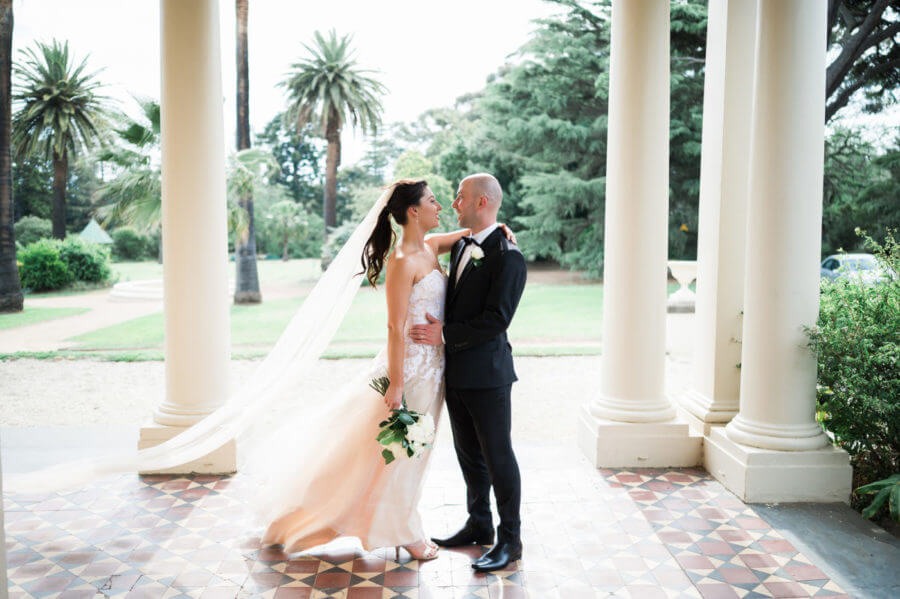
What happens next?
The Australian Government will reassess these steps every three weeks to monitor how the reopening of the country is going. The move to the next step will be dependent on each state and will be reflective of whether there has been a spike in COVID cases.
Due to this, these steps will likely not be the end of coronavirus regulations. The situation remains fluid and depends on how the country is progressing as a whole.
However, they are a light at the end of the tunnel for our industry which is waiting to get back on its feet. If we all operate our businesses in the most responsible manner and give our couples the advice so that they can do the same, we’ll be back up and ready to take on weddings sooner rather than later.



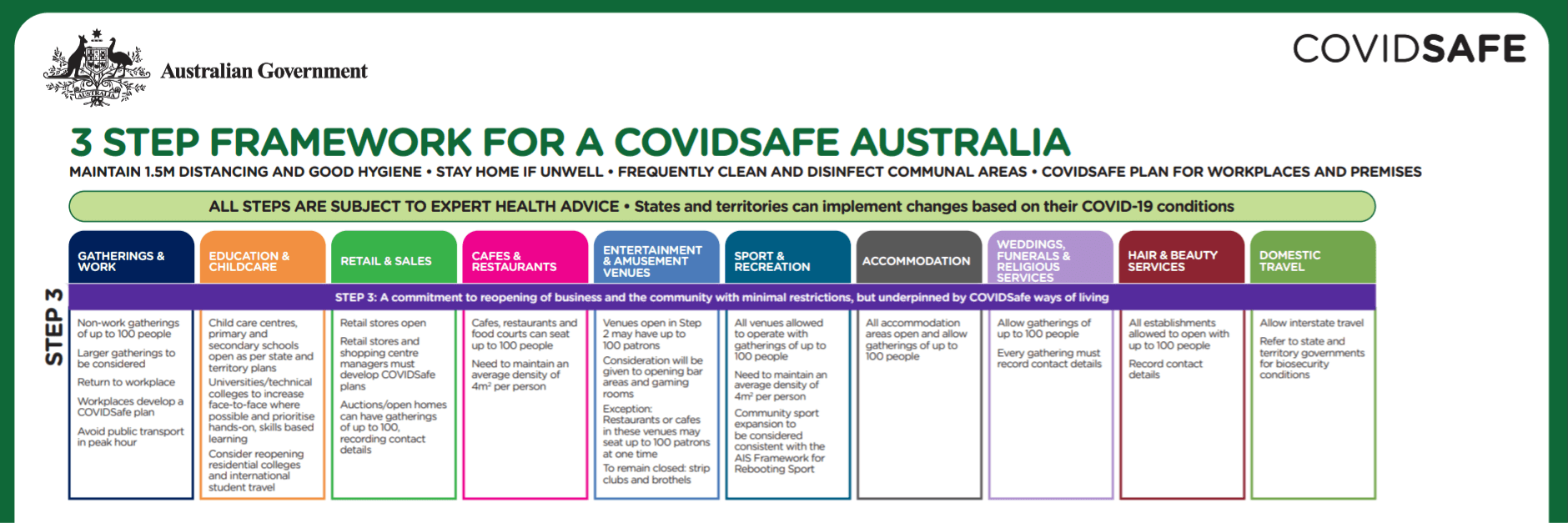
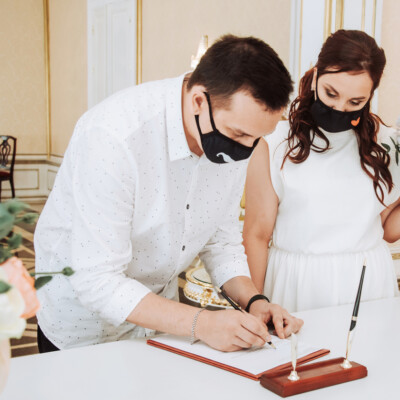 COVID Contingency Plans for Suppliers
COVID Contingency Plans for Suppliers 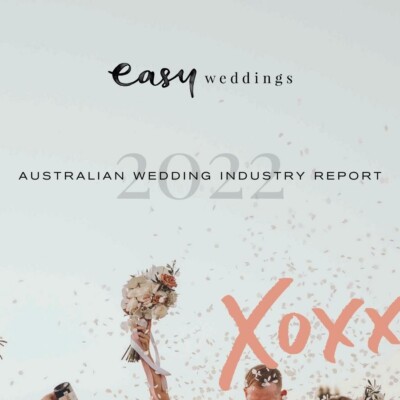 2022 Annual Wedding Industry Report
2022 Annual Wedding Industry Report 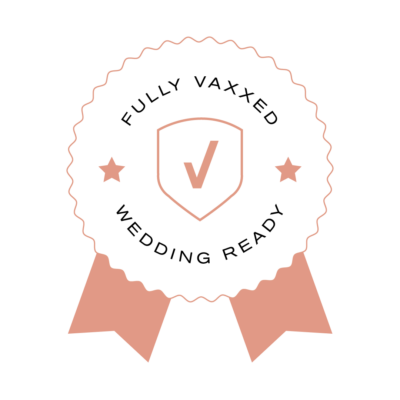 Five Ways To Subtly Tell Couples You’re Vaccinated
Five Ways To Subtly Tell Couples You’re Vaccinated 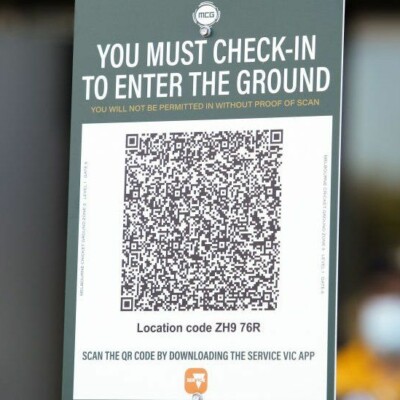 Approaching Vaccine Status and Legal Rights
Approaching Vaccine Status and Legal Rights